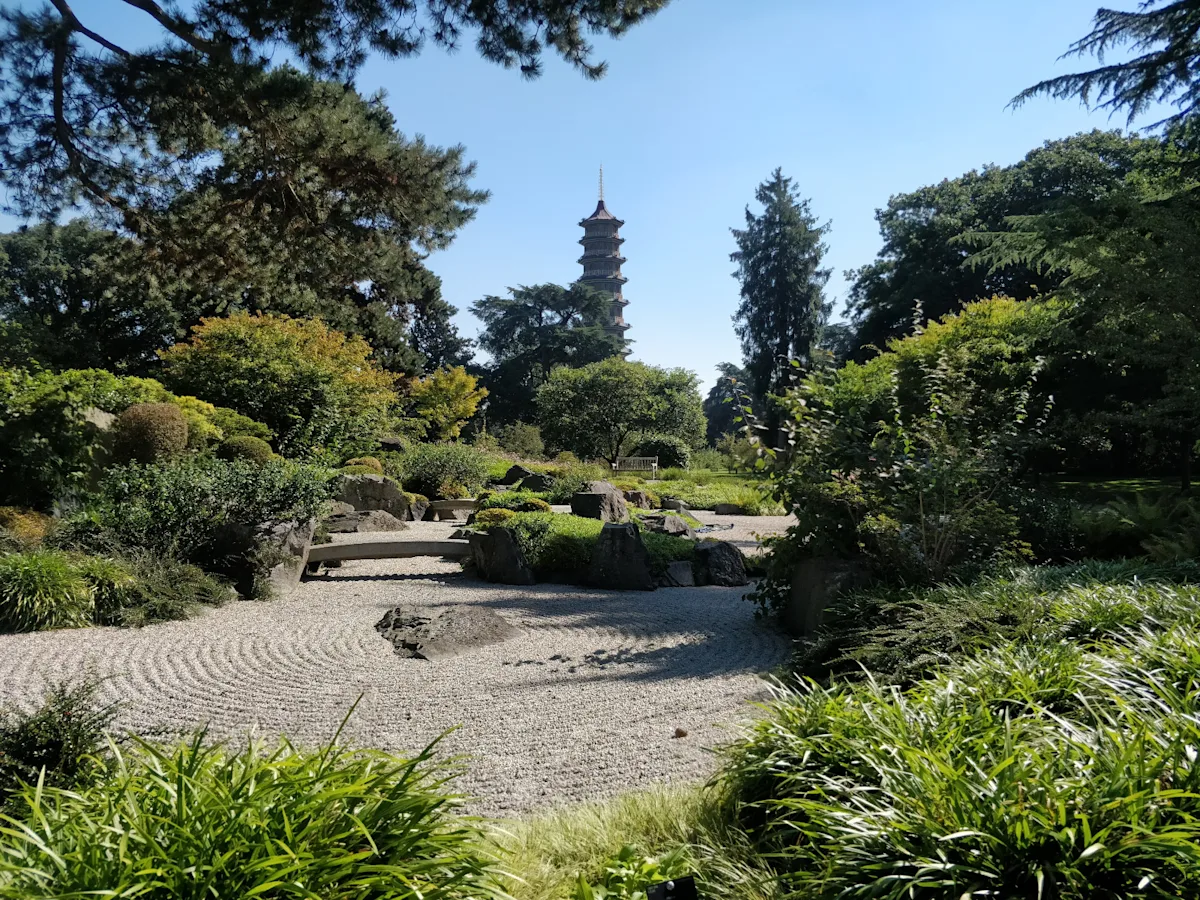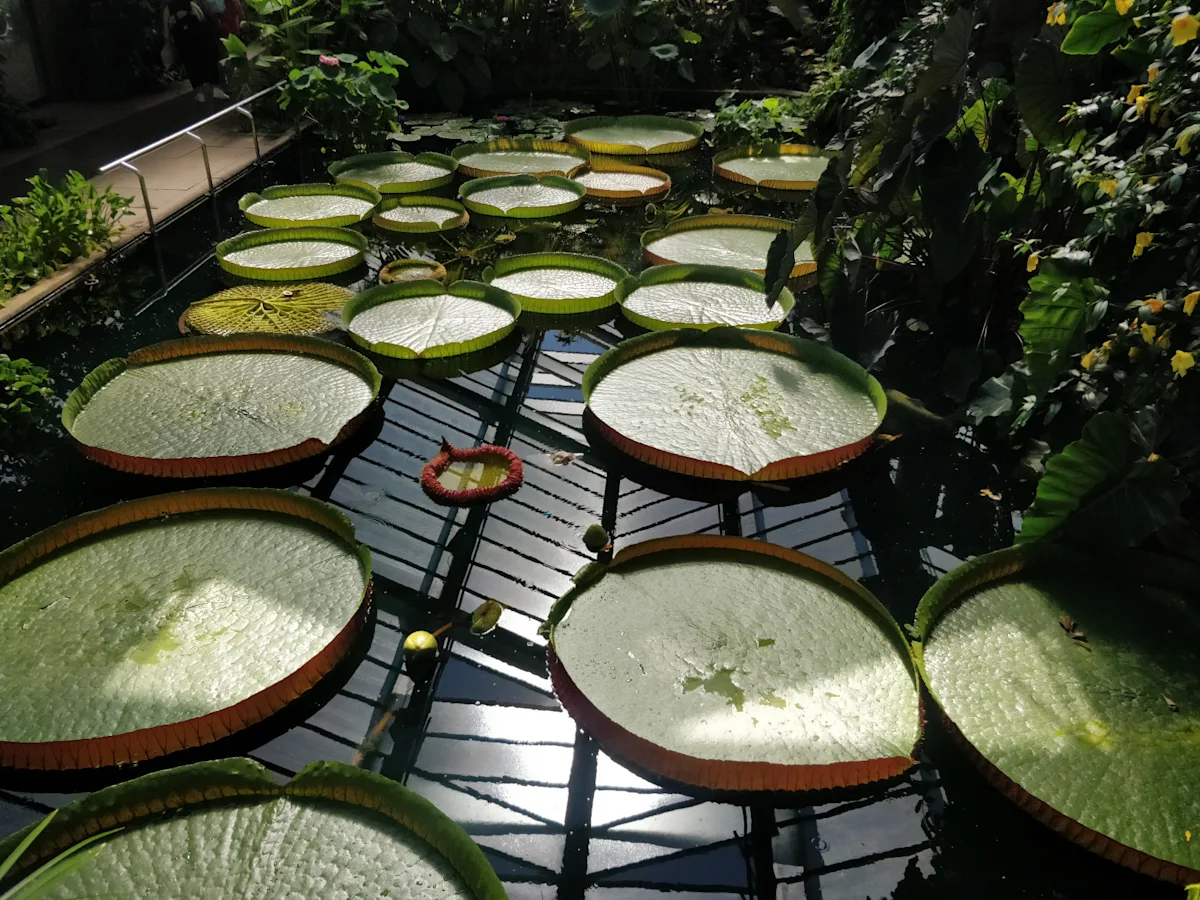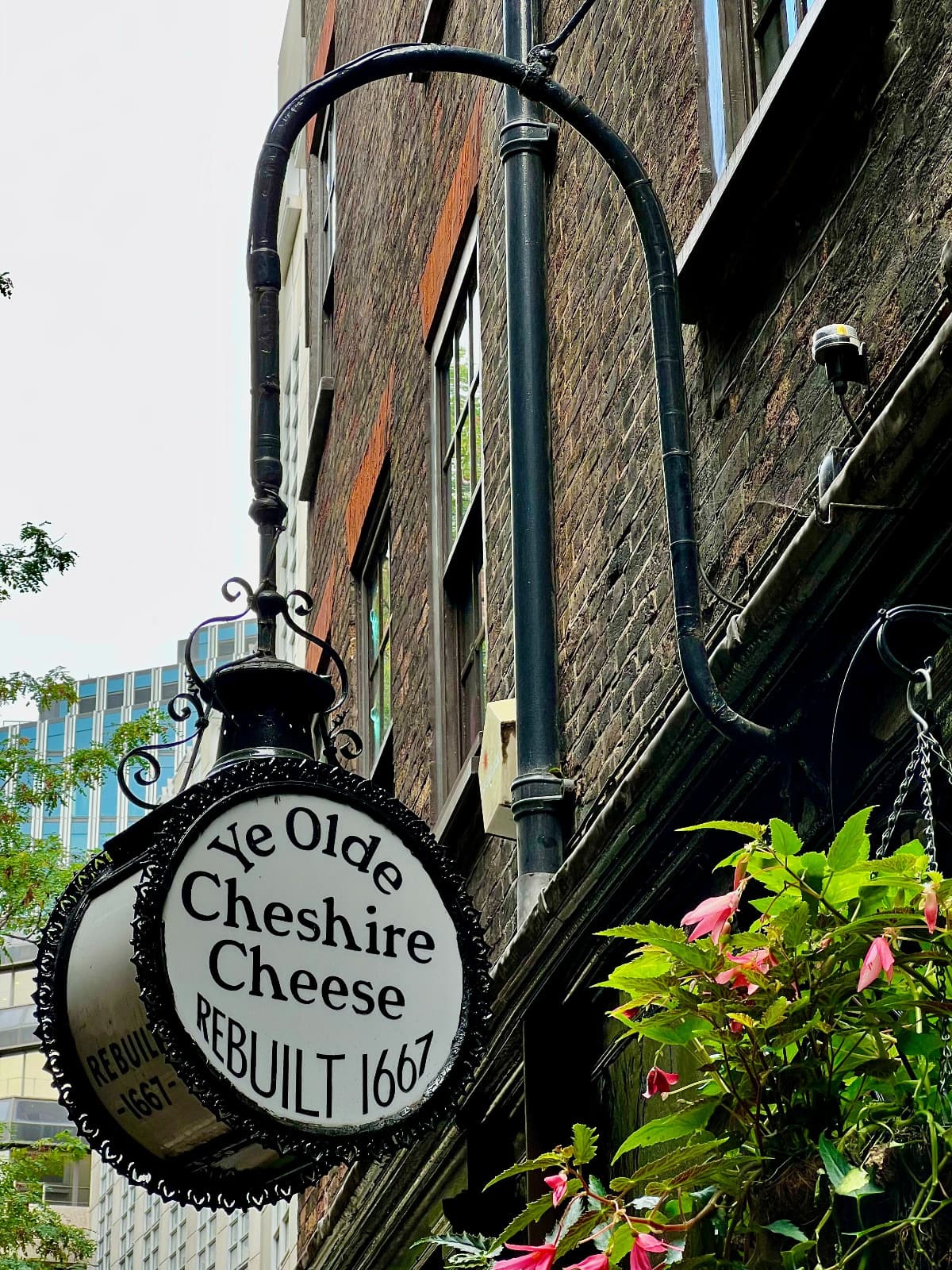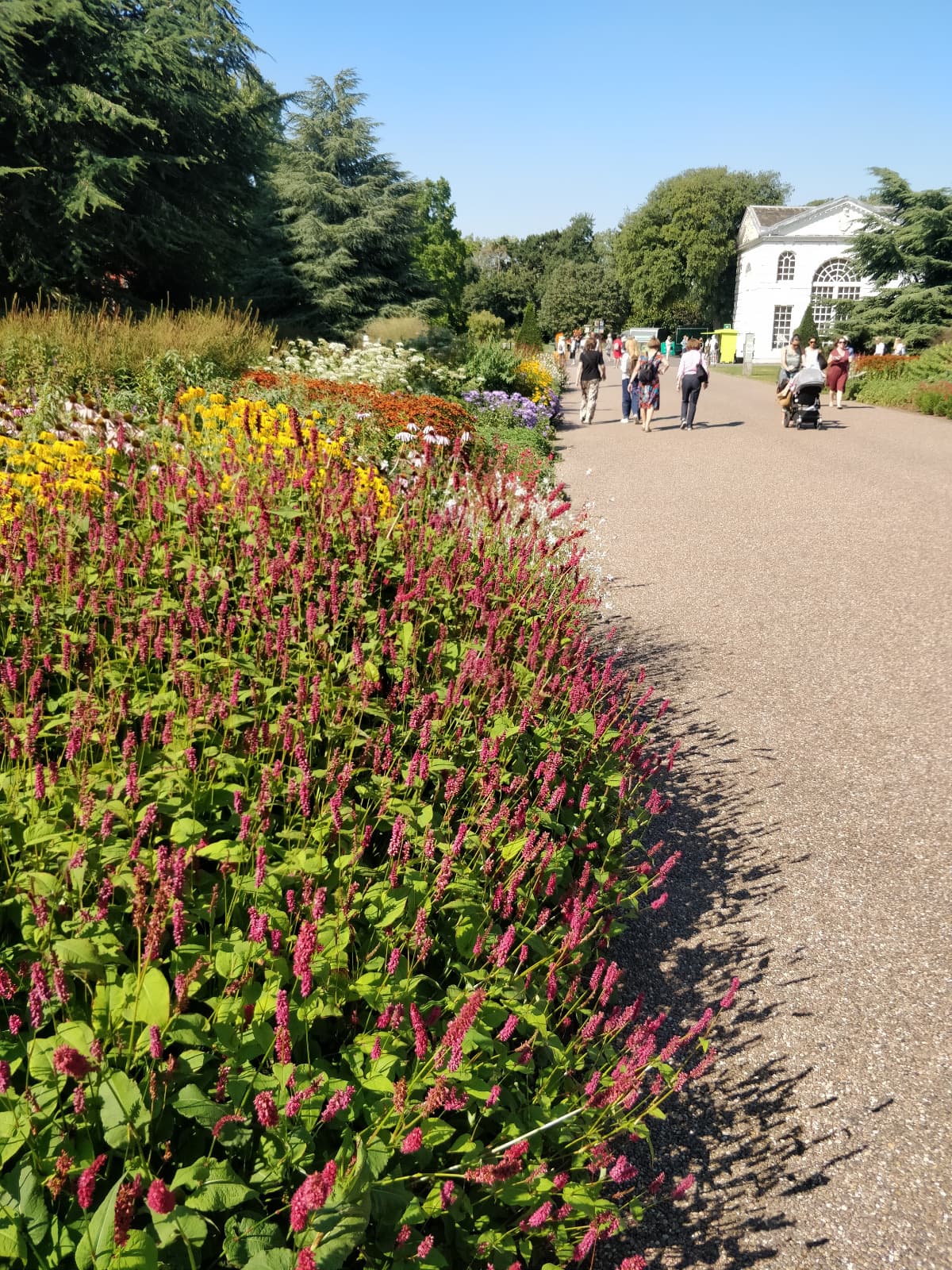
Curator’s statement
In popular destinations around the world, travelers often prioritize the most well-known sights. Who doesn't visit London without seeing Buckingham Palace and the British Museum? Those who stay a bit longer (or visit more than once!) can enjoy lesser-known but equally captivating attractions. "Week Two" sights, as I call them, can provide great value with fewer crowds. Here are five fantastic sights in London to consider, and you don't have to wait until your second week to visit them!
The Fora Difference
Book with Heather to access exclusive perks and experiences on your trip.
Killer perks
Free upgrades, spa credits and more—we got you
Personalized recs
Customized travel planning for your style
Insider knowledge
Expert advice from people who’ve actually been there
Where to stay
Unlock perks by contacting Heather to book your trip.
The Royal Botanic Gardens, Kew
Kew Gardens boasts one of the most diverse and extensive botanical collections in the world. This 330 acre site alongside the River Thames contains over 30,000 different kinds of plant, including rare and endangered species.
The Princess of Wales Conservatory, for example, showcases a diverse collection of plants in various climates. Here, you'll encounter an array of flora, including cacti, orchids, and aquatic plants.
It's not just plants. Kew boasts many notable structures, including the Palm House - the first large-scale use of wrought iron, recognized as "the world's most important surviving Victorian glass and iron structure" - and the nearby Temperate House, the largest existing Victorian glasshouse.
Adding to the historical charm, Kew Palace, a former royal residence with origins dating back to the 17th century, graces the grounds. It is the smallest and most intimate of the British royal palaces.
A UNESCO World Heritage site, Kew is conveniently located just 30 minutes from Central London (accessible via the District Line from Westminster to Kew Gardens Station).


Sir John Soane’s Museum
Conveniently located in Holborn, London, the Sir John Soane’s Museum has a unique atmosphere and layout. Soane was an English architect and antiquarian who designed the house to showcase his vast and eclectic collection, and to provide inspiration for students of architecture. Where else can you see a pharaoh's sarcophagus jostling for space with Roman mosaics, medieval stained glass, Peruvian pottery and masterpieces by Hogarth, Canaletto, Turner and Piranesi?
Admission to Sir John Soane's Museum is free and there's no need to pre-book. However, note that some of the paintings - particularly Hogarth's masterpiece A Rake's Progress - are only displayed at certain times of the day. Check the museum's website for details.
The Thames Path
One problem with huge cities like London can be the distance between things you want to see and the uninspiring stretches of urban landscape in between. So an attractive, historic and accessible walking route like the Thames Path is invaluable.
The entire path stretches 184 miles from the source of the river in the Cotswolds to the Thames Barrier, but let's focus on the stretch from Westminster Bridge to Tower Bridge. It’s an hour’s walk, but what a walk. From the south bank, you get a unique view of the city, passing landmarks such as the London Eye, Tate Modern, and Shard - and stopping - inevitably - for a pint of cider and a raclette toastie at Borough Market.
Ye Olde Cheshire Cheese
It may be one of the most famous pubs in Britain, but I find that many travelers to London still don’t make it to Fleet Street to explore the many floors, rooms and vaults of this historic pub.
It's said that the vaults date back to the Carmelite monastery that stood on this site in the 13th century. There's been a pub here since 1538, and it was rebuilt after the Great Fire of London in 1666. Throughout its long history, Ye Olde Cheshire Cheese has been frequented by many notable figures, including literary giants like Charles Dickens, Mark Twain, and Sir Arthur Conan Doyle.
The pub has retained much of its historic charm and character, with low ceilings, wooden beams and a cozy atmosphere that will transport you back in time as you sip your pint of Sam Smith’s.
If you're interested in history, literature, or simply want to enjoy a pint in a historic setting, Ye Olde Cheshire Cheese is definitely worth a visit.




Image 1: Ye Olde Cheshire Cheese ; Image 2: Kew Gardens
Hampstead Heath
Perhaps after all that history you need some fresh air? Pack a picnic and escape to Hampstead Heath, just a quick ride on the Northern Line from the center of London.
The heath stretches over 790 acres and is renowned for its diverse landscapes: meadows, woodlands, ponds and hills, providing a tranquil retreat from the urban hustle for hundreds of years. You can do the same. Pack a picnic and enjoy the breathtaking panoramic views of the London skyline from Parliament Hill.
Athletic visitors can hike through the historic woods, or swim in the ponds and lido. At the northern edge of the heath lies Kenwood House, a historic stately home with a renowned art collection which includes works by Vermeer, Rembrandt and Turner.
After all that exercise and spectacle, you'll surely need a drink. The Spaniards Inn is justly famous, but I recommend three pubs closer to Hampstead tube station: The Stag, The Holly Bush, and the Duke of Hamilton. Each one gives you a taste of London away from the main tourist routes.
Need to know
Using the London Underground is easy and inexpensive. While you can get an Oyster Card, there is no price difference between using one and using a contactless credit card. You simply "tap" in and out. Every time you travel on London's public transport, your contactless payment card is charged the same fare as an Oyster, including cap prices (the maximum amount you'll pay daily and weekly to travel throughout London).
This trip report is part of our ongoing series on travel to London. In need of further inspiration? Check out Sibley Slade’s guide, The Best Agenda for a Magical 24 Hours in London Town.

Travel Advisor
Heather Budd

Get in touch with Heather
Did you like this guide? Reach out to customize and book your own experience. Or, just to chat about travel in general.
You can expect a response from Heather within 1–2 business days. You’ll also be subscribed to our traveler newsletter (you can unsubscribe at any time).